The iPhone and its own Lightning connector is the subject of many Apple discussions. However, there is a general opinion that Lightning is already outdated and should have been replaced long ago with a more modern alternative in the form of USB-C, which we can already consider a certain standard today. The vast majority of manufacturers have already switched to USB-C. In addition, we can find it not only in the case of mobile phones, but in practically everything, from tablets to laptops to accessories.
It could be interest you
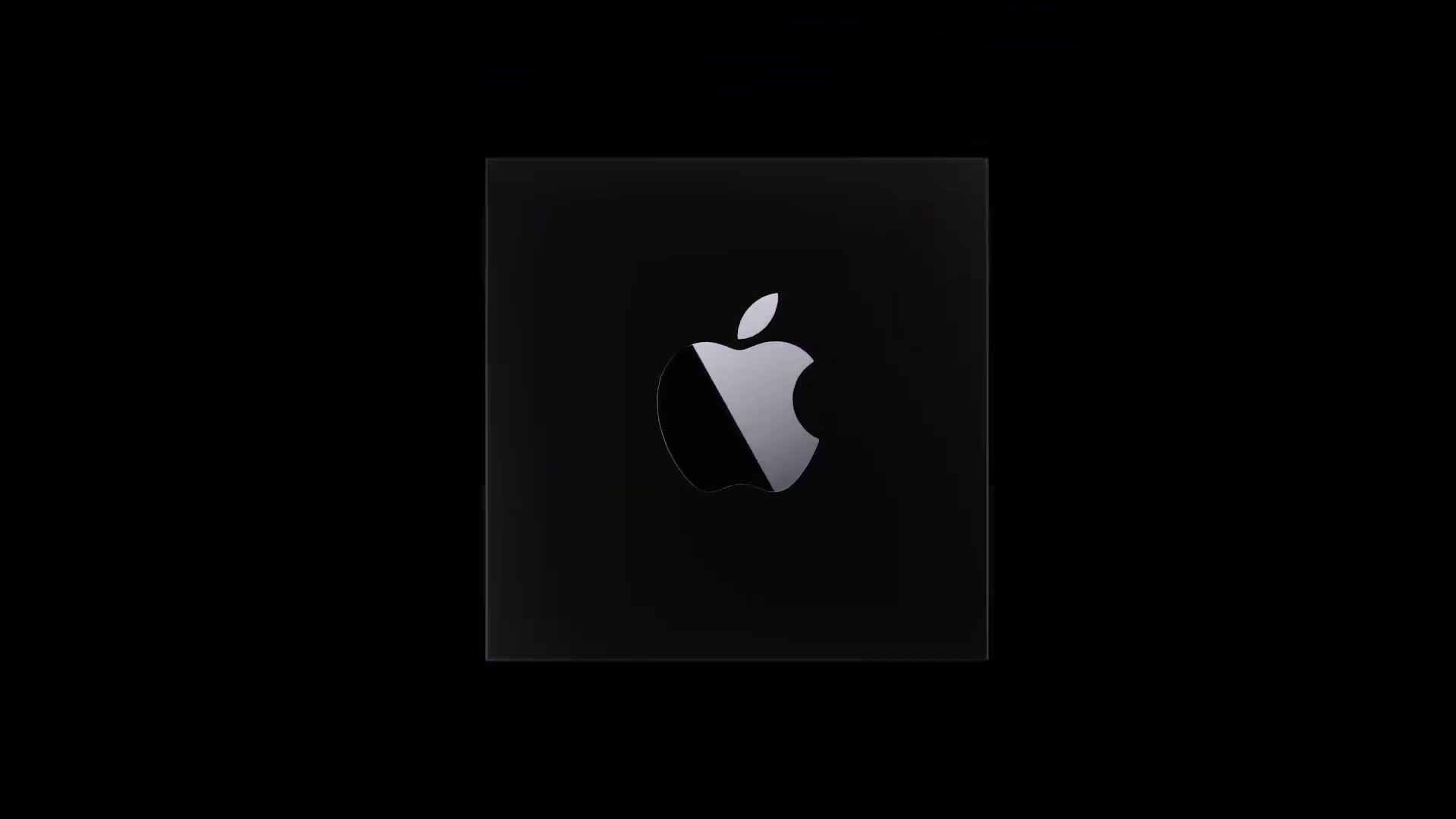
Apple, however, is completely averse to this change and is trying to stick to its own connector until the last possible moment. However, he will now be prevented from doing so by a change in the legislation of the European Union, which defines USB-C as a new standard, which will have to be found on all phones, tablets and other devices sold in the EU. However, apple growers have now noticed one interesting thing, which has begun to be discussed in abundance on discussion forums. Even in the last millennium, the giant emphasized that rather than developing proprietary connectors, it is better to use standardized ones for the greatest possible user comfort.
Once standardized, now proprietary. Why?
On the occasion of the Macworld 1999 conference, which took place in the American city of San Francisco, a completely new computer called the Power Mac G3 was introduced. Its introduction was directly in charge of the father of Apple, Steve Jobs, who devoted part of the presentation to inputs and outputs (IO). As he himself mentioned, Apple's entire philosophy in the case of IO rests on three basic pillars, of which the main role is played by the use of standardized ports instead of proprietary ones. In this regard, Apple also argued factually. Rather than trying to embellish one's own solution, it is easier to take something that simply works, which in the end will bring comfort not only to the users themselves, but also to the hardware manufacturers. But if the standard does not exist, the giant will try to create it. As an example, Jobs mentioned the FireWire bus, which did not end happily. When we look back at these words and try to fit them into the last years of iPhones, we can pause a bit over the whole situation.
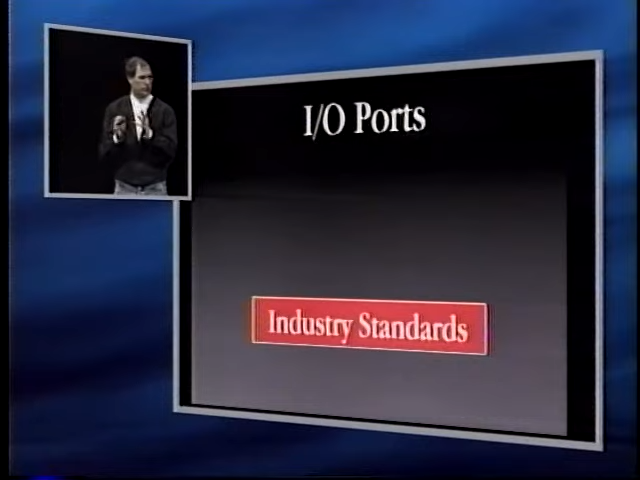
That is why apple growers started to ask themselves an interesting question. Where did the turning point occur that even years ago Apple favored the use of standardized connectors, while now it clings tooth and nail to a proprietary technology that is losing out to the available competition in the form of USB-C? But for an explanation, we have to look back a few years. As Steve Jobs mentioned, if there is no suitable standard, Apple will come up with its own. That's more or less what happened with Apple phones. At that time, the micro USB connector was widespread, but it has a number of shortcomings. The Cupertino giant therefore took the situation into its own hands and, together with the iPhone 4 (2012), came with a Lightning port, which significantly surpassed the capabilities of the competition at the time. It was double-sided, faster and of better quality. But since then, there has been no change.
Another key factor plays an absolutely essential role in this. Steve Jobs was talking about Apple computers. The fans themselves often forget this fact and try to transfer the same "rules" to iPhones. However, they are built on a significantly different philosophy, which, in addition to simplicity and minimalism, also focuses on the closure of the entire platform. It is precisely in this that the proprietary connector helps her significantly and ensures Apple better control over this entire segment.
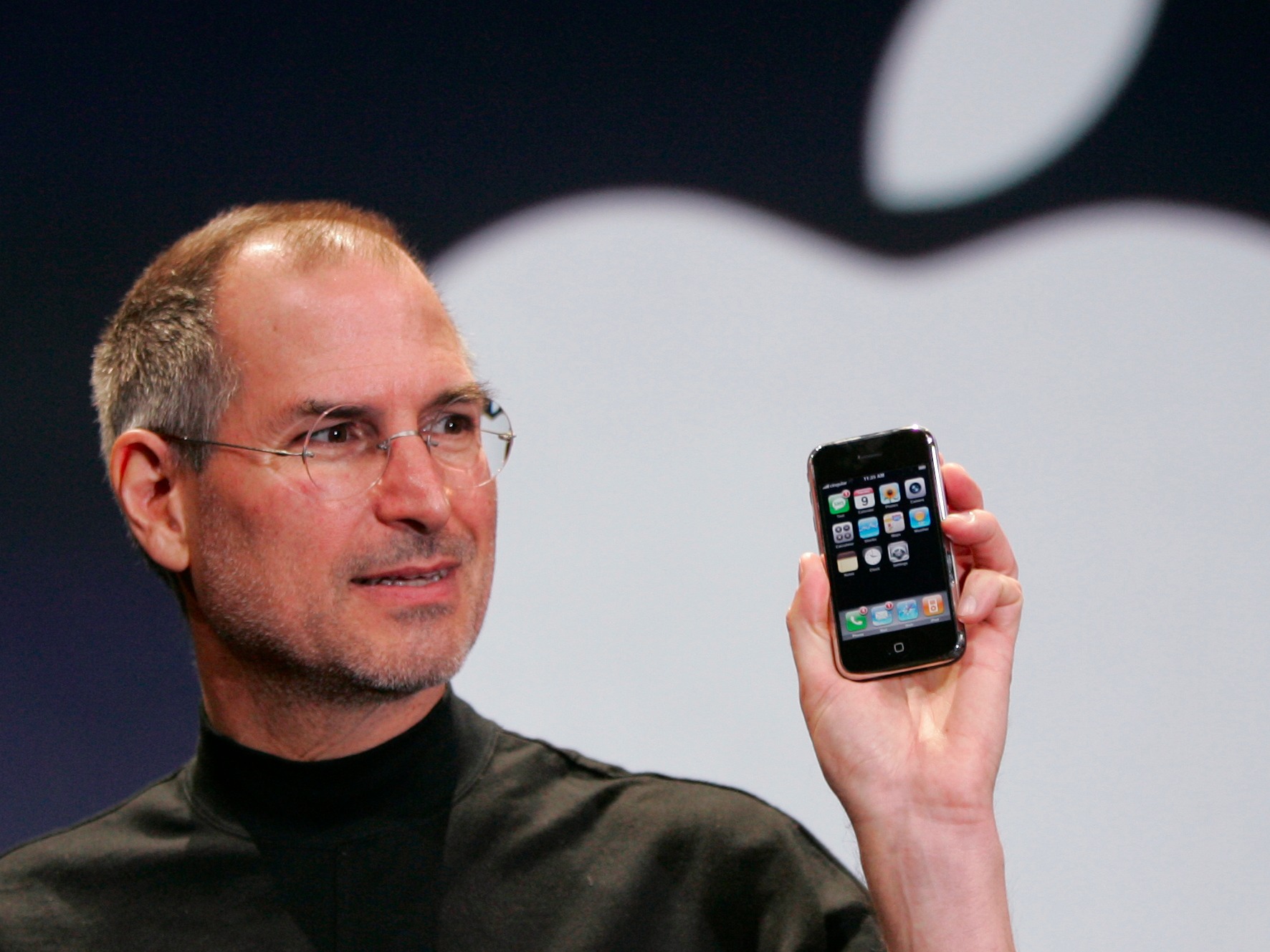
Macs follow the original philosophy
On the contrary, Apple computers adhere to the mentioned philosophy to this day, and we don't find many proprietary connectors on them. The only exception in recent years is the MagSafe power connector, which was particularly notable for its simple snap-in using magnets. But in 2016, a rather drastic change came - Apple removed all connectors (except for the 3,5mm jack) and replaced them with a pair/four of universal USB-C/Thunderbolt ports, which goes hand in hand with Steve Jobs' earlier words. As we mentioned above, USB-C is today an absolute standard that can handle practically anything. From connecting peripherals, through data transmission, to connecting video or Ethernet. Although MagSafe made a comeback last year, charging via USB-C Power Delivery is still available alongside it.
It could be interest you
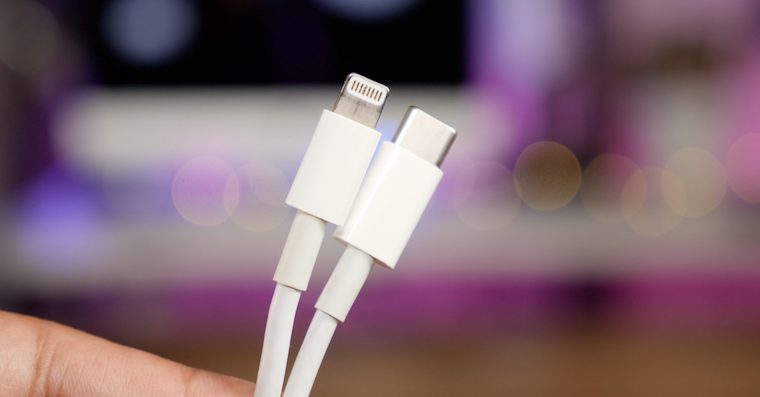

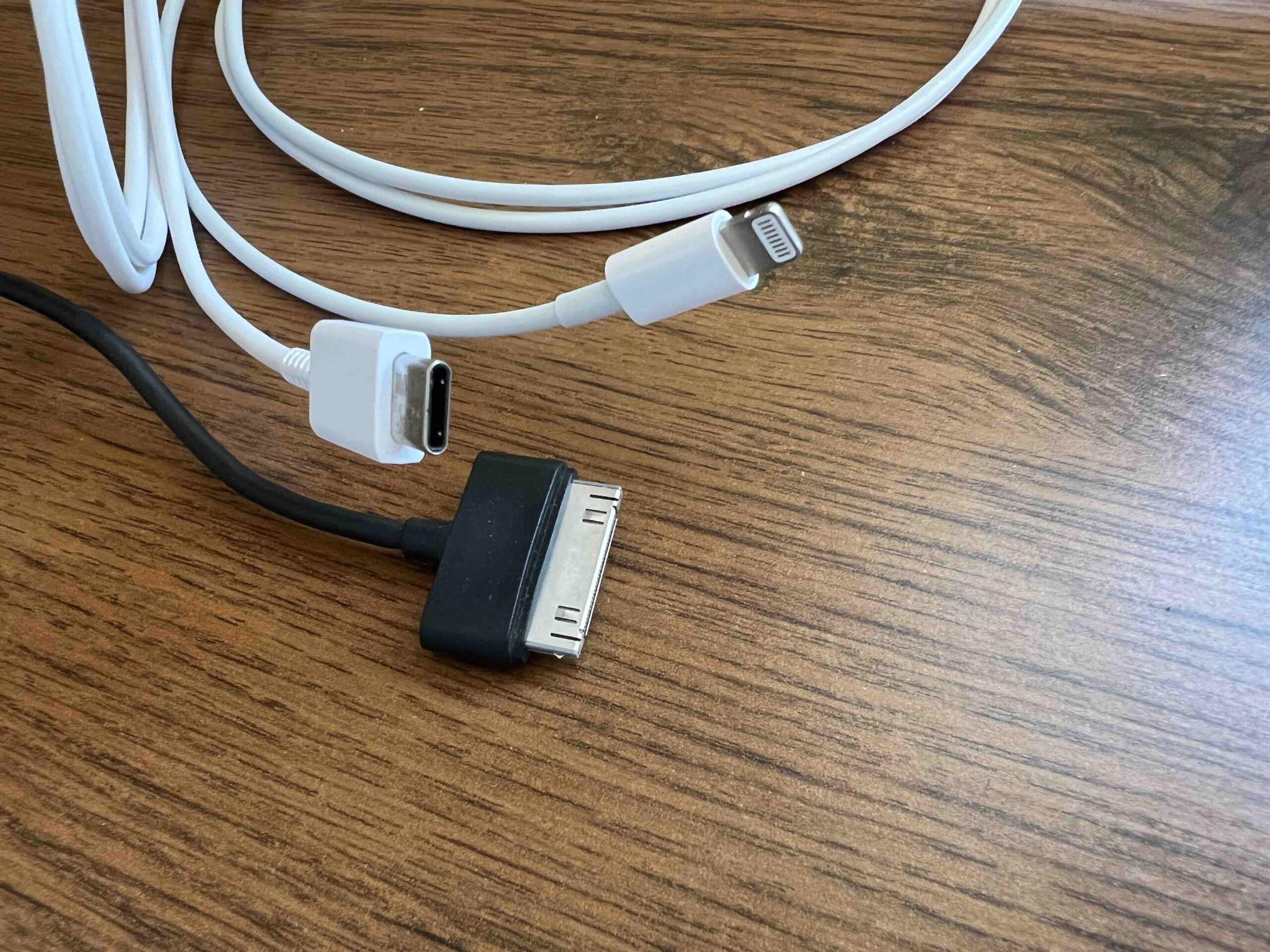
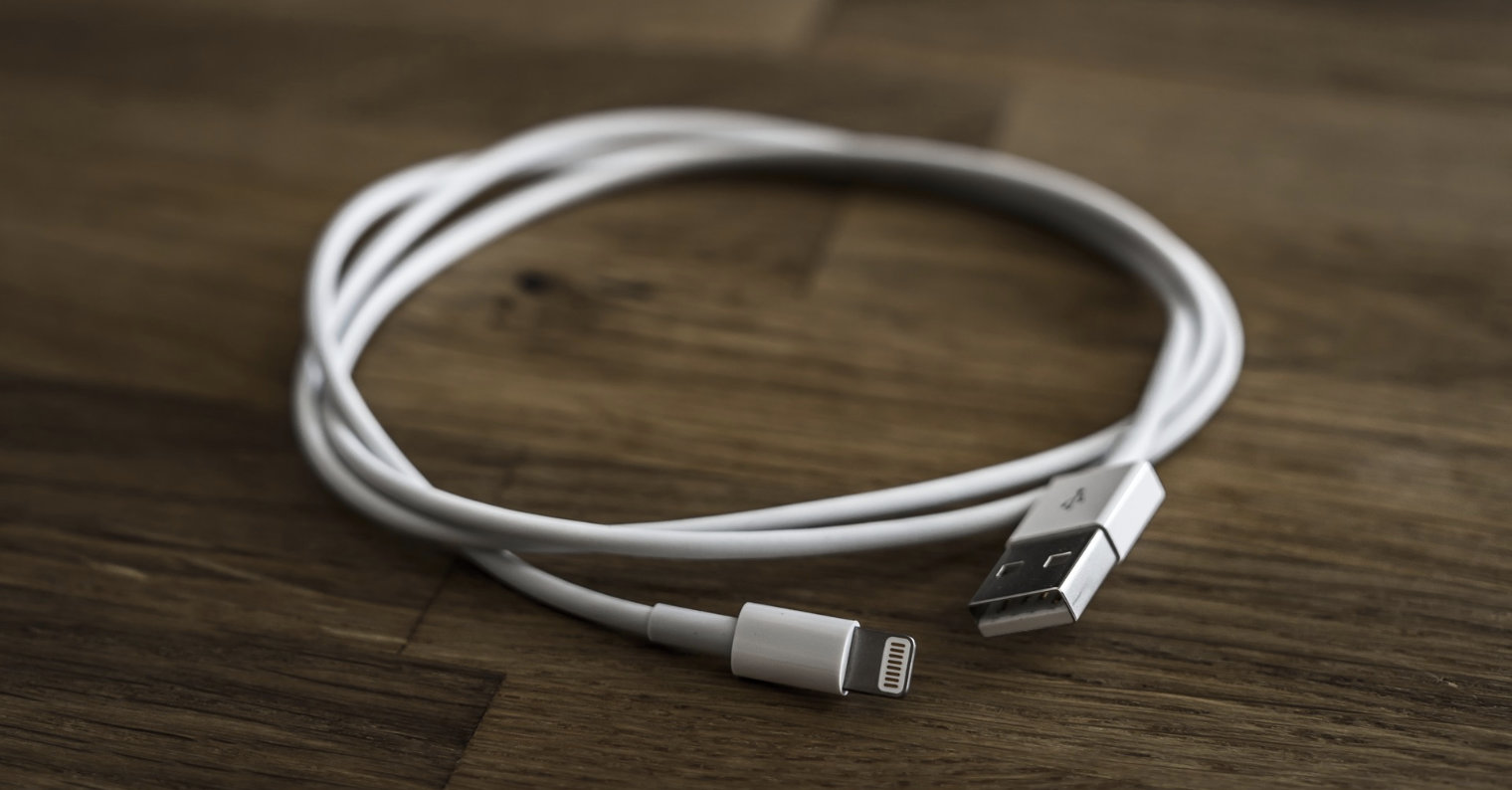
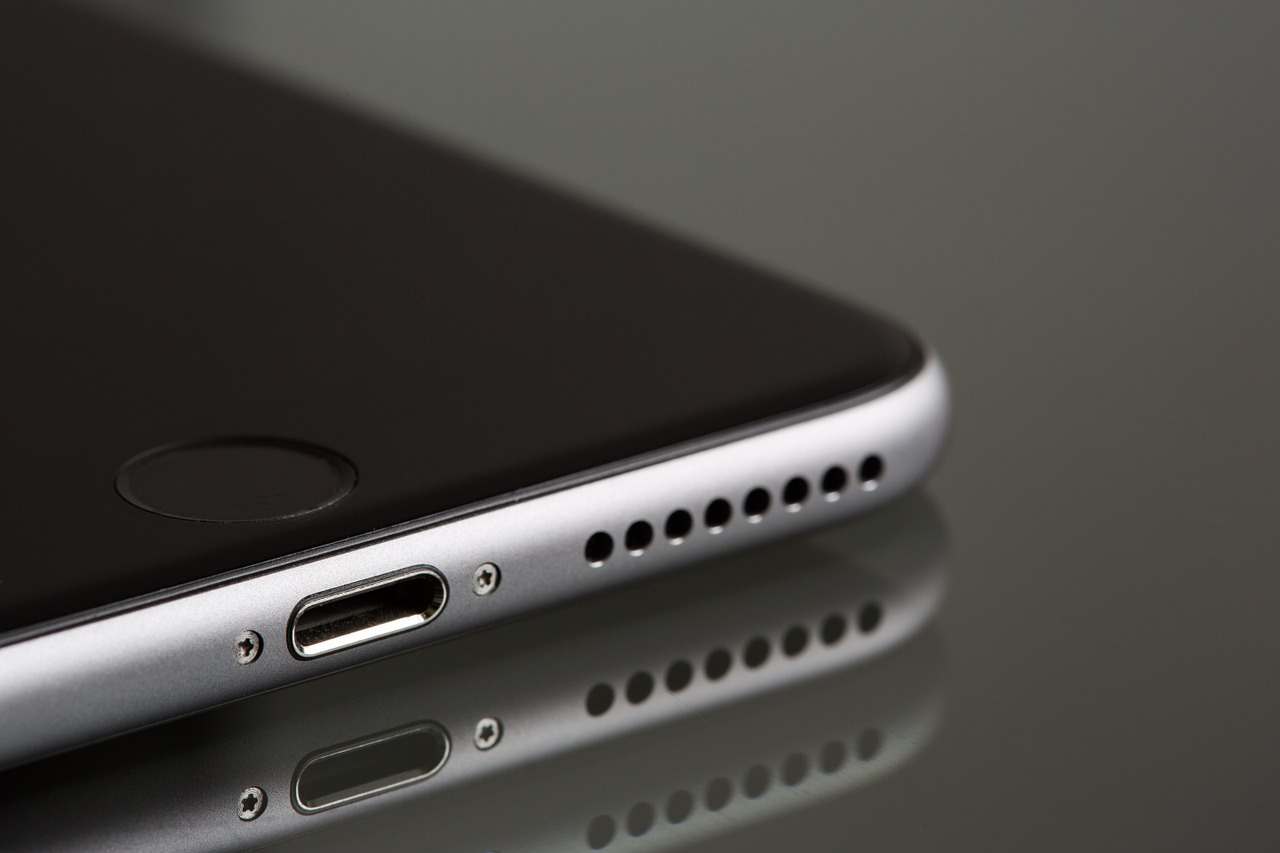
 Flying around the world with Apple
Flying around the world with Apple